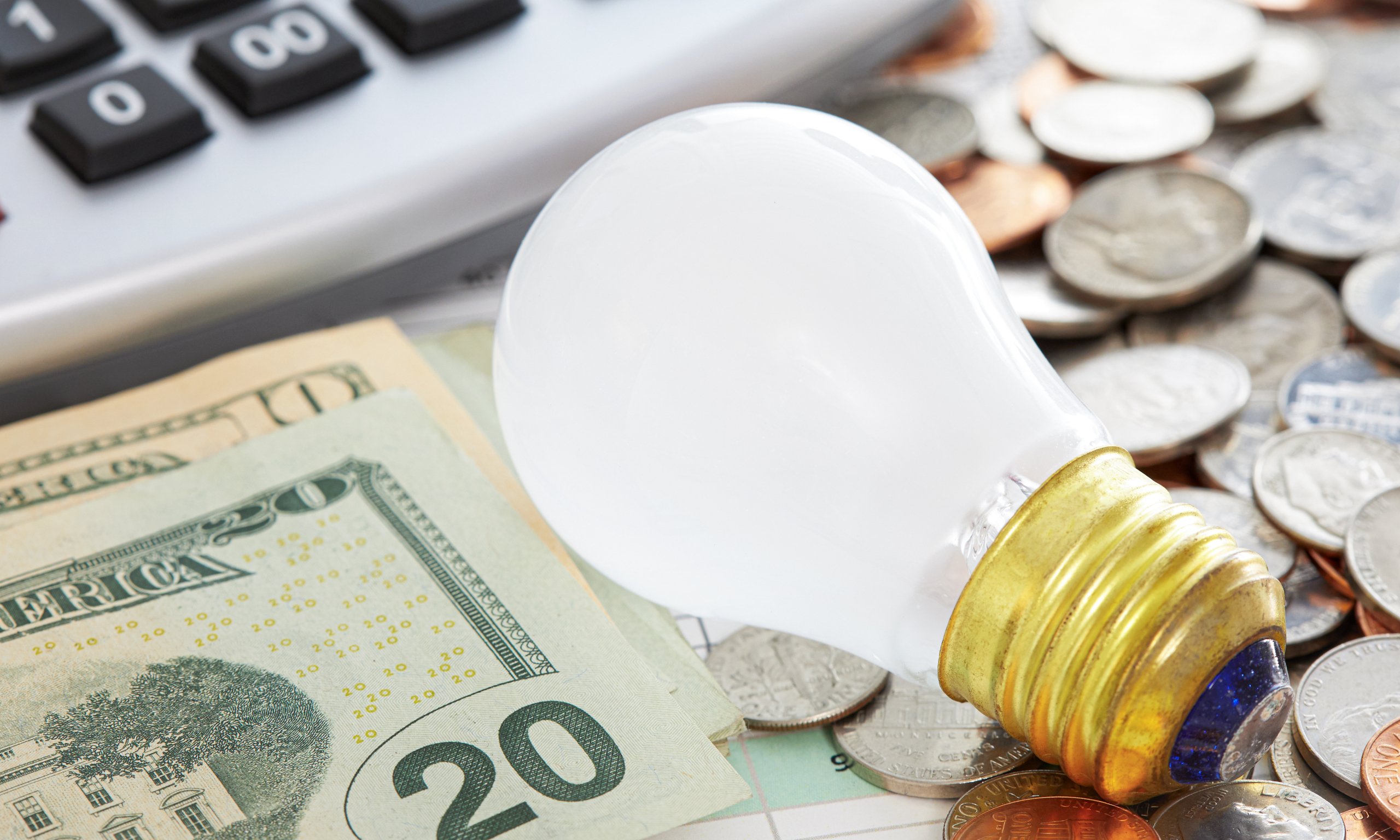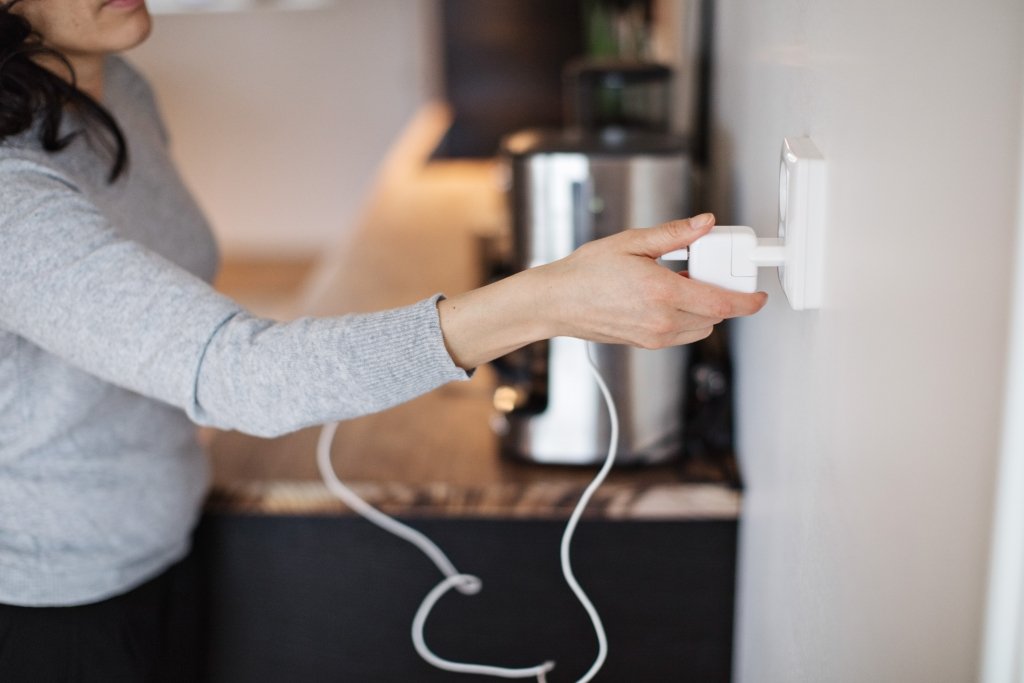
Do you ever feel like your electric bill keeps climbing? That no matter what you do, that sky-high number at the end of the month never seems to change? You’re not alone. Electric bills can be a major source of financial stress for homeowners, especially during the hot summer and cold winter months. Fortunately, you can use many effective strategies to reduce your energy usage and lower your bill, all without compromising your comfort or the flow of your daily routine. So sit back, grab a pen and some paper, and read along as we share some of the best strategies for saving money on your electric bill today!
If seeing the word “audit” made you uncomfortable, you probably aren’t alone. Audits, typically associated with financials, are rarely a fun activity to be a part of, but audits are assessments at their core – they’re a means of gathering info and can be incredibly helpful as you try to understand what you’re assessing. As it relates to your electric bill, an “energy audit” is done to check your home’s energy efficiency. It examines everything from air leaks to the quality of your insulation and is made to find all the energy-related shortfalls that may be costing you money.
While handy types can make these assessments themselves, finding a professional who can do the audit for you is a path that’s worth considering. Many energy providers will do these audits for free, and their inspectors often will find things you wouldn’t think to look for. But regardless of how you go about doing it, having an audit is a great first step in figuring out where you stand.

According to the Department of Energy, the most significant energy expense in the average American home is space heating, which accounts for nearly 45% of the average annual energy bill. That may sound untrue, but running these systems takes energy, a lot of it, and when they’re constantly working, it’s easy for those bills to rack up. But just because it costs money to heat your home doesn’t mean you have to go without; there are several ways to reduce your costs and keep your home comfortable.
The biggest thing you can do is adjust your thermostat’s temperature setting at different times of the day. A common misconception is that heating and cooling units must work harder to warm up a cold house than they do to maintain it. Statistically, that isn’t true, and while cranking your system back and forth may not be beneficial for every system, many can benefit in positive ways, saving you money in the process.
While it’s entirely doable to raise and lower the temperature on your thermostat manually, many experts recommend a programmable or smart system that can make these changes for you. These systems are designed to adjust the temperature for you at certain times of the day or whenever you leave the house, taking the guesswork away from you and automating the process. Of course, some heating systems may not be compatible with these setups, so your mileage may vary, but many homeowners find these thermostats to work, saving them an average of 10% on their bill per year.
If you have a lamp or a light fixture, chances are you have an incandescent bulb. But, despite these bulbs being familiar and inexpensive, they are woefully inefficient. Nearly 90% of the energy required to power an incandescent bulb is put off as heat, meaning much energy is wasted to produce the light we need. Additionally, because of the heat these bulbs put off, they can be unsafe and affect your total cooling costs, hiking your bill up higher.
Because of this, many households have gradually switched to LED technology. LEDs (light-emitting diodes) are one of the most energy-efficient lighting options available because almost all their energy is converted into light. A standard 60-watt incandescent bulb puts off the same amount of light as a 10-watt LED, making them significantly more energy efficient and safer as well. And though LEDs were long considered ugly and expensive, the technology has advanced in recent years, making the prices more accessible and the colors they emit more pleasurable.
For those who may be more resistant to embracing LED technology, unfortunately, you may not have a choice. In spring 2022, the Department of Energy outlined new rules and regulations designed to save consumers money and reduce their carbon footprint. These rules would effectively ban the sale of inefficient bulb technologies like incandescent, forcing a move toward LEDs and similar technologies. But even if you don’t love the idea of LED bulbs, making the switch is worth considering since households that make the switch save $225 per year on average.
Another simple thing you can do to lower your energy bill is to change your air filters. Not only do air filters keep your house clean of dust and other particulates, but they help your systems to operate more efficiently. When filters collect dust, less air can get through them, forcing your HVAC system to work harder to achieve the same results. By changing your air filter every 2 or 3 months, you can save a little bit of money and be healthier in the process.

Some devices use power even when they aren’t in use. Often called “vampire” appliances, these devices “suck” out energy to power some of their standby functions. “Smart” devices are often the culprit here. Always-on displays, internal clocks, and light-sensing features can be convenient, but they constantly draw small amounts of energy to keep their processes running. These additional functionalities can up your bill simply by being connected, so unplugging these devices when you aren’t using them can help lower costs tremendously on your electric bill Although, if remembering to unplug after each time you use a device is difficult, consider upgrading and get new appliances to help save energy.
There are still plenty of more ways to help lower your energy bills and small choices like temperature and light bulbs matter. So, when we ignore the little things, we set ourselves up for higher costs than we need. It’s easy to accrue a hefty energy bill but making changes to your energy habits is just as easy, and making changes that matter doesn’t require massive adjustments. Being conscious and adjusting your habits can go a long way in keeping your bill right where you want it to be.
The information and materials provided on this website are intended for informational purposes only and should not be treated as an offer or solicitation of credit or any other product or service of Regional Finance or any other company. This website may contain links to websites controlled or offered by third parties. The inclusion of any third-party link does not imply any endorsement by Regional Finance of the linked third party, its website, or its product or services.
https://www.ramseysolutions.com/budgeting/how-to-lower-electric-bill
https://www.energy.gov/energysaver/articles/energy-saver-101-infographic-home-heating
https://www.energy.gov/energysaver/programmable-thermostats
https://www.energy.gov/energysaver/led-lighting
https://www.digitaltrends.com/home/how-much-will-a-smart-thermostat-save-on-energy-costs/
https://justenergy.com/blog/energy-vampires-which-electronics-are-the-worst/
You can prequalify for your personal loan online in just minutes by clicking prequalify now. Or, if you prefer, call or stop by your local branch to get the process started. Our loan specialists can answer any questions you may have such as what a personal loan is, understanding personal loan interest rates, and how to qualify for a personal loan. We’ll help you fill out an application for the type of loan that fits your needs.